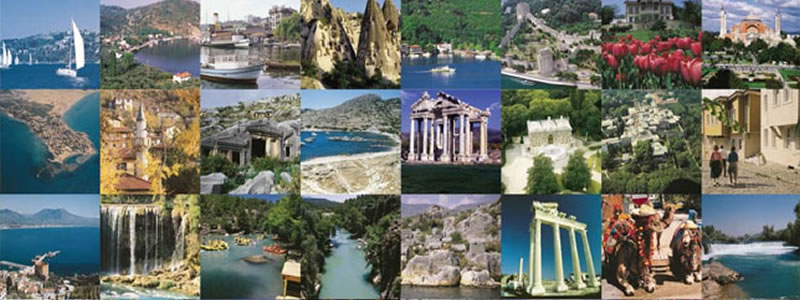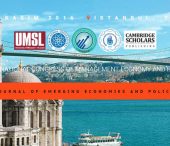As the 6th most popular tourist destination in the world and well on its way to attracting more than 40 million tourists annually within the next couple of years, Turkey continues to present vast investment opportunities in both the established and newly-developing subsectors of the industry.
With its favorable location, existing potential, mega projects, and ambitious targets set for 2023, the tourism sector continues to grow at a rate that outstrips its bed capacity. Even though there has been a surge of investments in the last several years, there is still ample room for new ventures. Eastern and Southeastern Anatolia both have untapped potential for culture tourism as well as the increasingly popular boutique hotel concept, which blends well with the characteristic nature, history, and culture of the regions.
Here are some essential facts and figures about the Turkish tourism sector:
Turkey is currently the 6th most popular tourist destination in the world, attracting more than 30 million tourists annually and continuing to show positive growth year-on-year.
The tourism sector has set annual targets of 50 million tourist arrivals and revenues of USD 50 billion by 2023.
According to the Ministry of Culture and Tourism, the number of foreign travelers arriving in Turkey in 2015 was 39.4 million, while total turnover of the tourism industry that same year was USD 31.4 billion.
Growth in the Turkish tourism industry has been above the global average in recent years, and the direct contribution of the industry to the current account deficit in 2015 was 80 percent, while its contribution to GDP reached 4.37 percent the same year.
By the end of 2015, there were 13,615 registered accommodation facilities. 9,188 of these facilities were licensed by their respective municipalities, while the remaining 4,427 held tourism operation licenses. The combined total bed capacity of these facilities exceeds 1,250,000.
There are currently 281 projects in the pipeline that would add 74,130 much-needed beds to Turkey’s short supply.
Antalya is the most preferred city in Turkey based on the number of incoming foreign visitors. Visited by 34 percent of the foreign tourists in 2014, Antalya has over 500 4-star and 5-star hotels in its center and surrounding towns such as Kemer, Belek and Kas.
In 2015, there were more than 165 hotel chains in Turkey, with 15 percent of these hotels being owned by international investors.
Turkey has 7,200 km of coastline and ranks 2nd among 38 countries with its 436 blue-flag beaches; only Spain has more blue-flag beaches than Turkey with 578. There are also 22 blue-flag marinas in Turkey.
In terms of geothermal tourism potential, Turkey is among the top seven countries in the world and ranks 1st in Europe with its 1,500 thermal springs. Bed capacity in the various thermal spa resorts has reached a combined 55,140.
Turkey is also an emerging destination for golf tourism with 15 tourism operation-licensed golf resorts. Most golf courses in Turkey use Bermuda grass, which is perfect for a Mediterranean climate and can be used for more than a decade.
Based on 2015 tourism figures, Euromonitor International has ranked the world’s top 100 most-visited cities, with Antalya coming in 10th place with 11.1 million foreign visitors.
Owing to its increasing global connectivity, due in no small part to its favorable geographical position, Istanbul is very much the center of attention with its recent rise to the 5th most visited city according to MasterCard Global Destinations Cities Index 2015 with over 11.8 million foreign and domestic visitors annually.
The International Congress and Convention Association's (ICCA) Country and City Rankings Report for 2014 saw Istanbul maintain its top 10 position as a global congress destination. Ranking 8th in the world in 2014 with 130 congresses, Istanbul has now held a top 10 position since 2010.
The Turkish government offers incentives and pursues policies that offer reduced utility prices and reduced tax rates while decisively eliminating any bureaucratic barriers that may hinder growth in the tourism sector.







